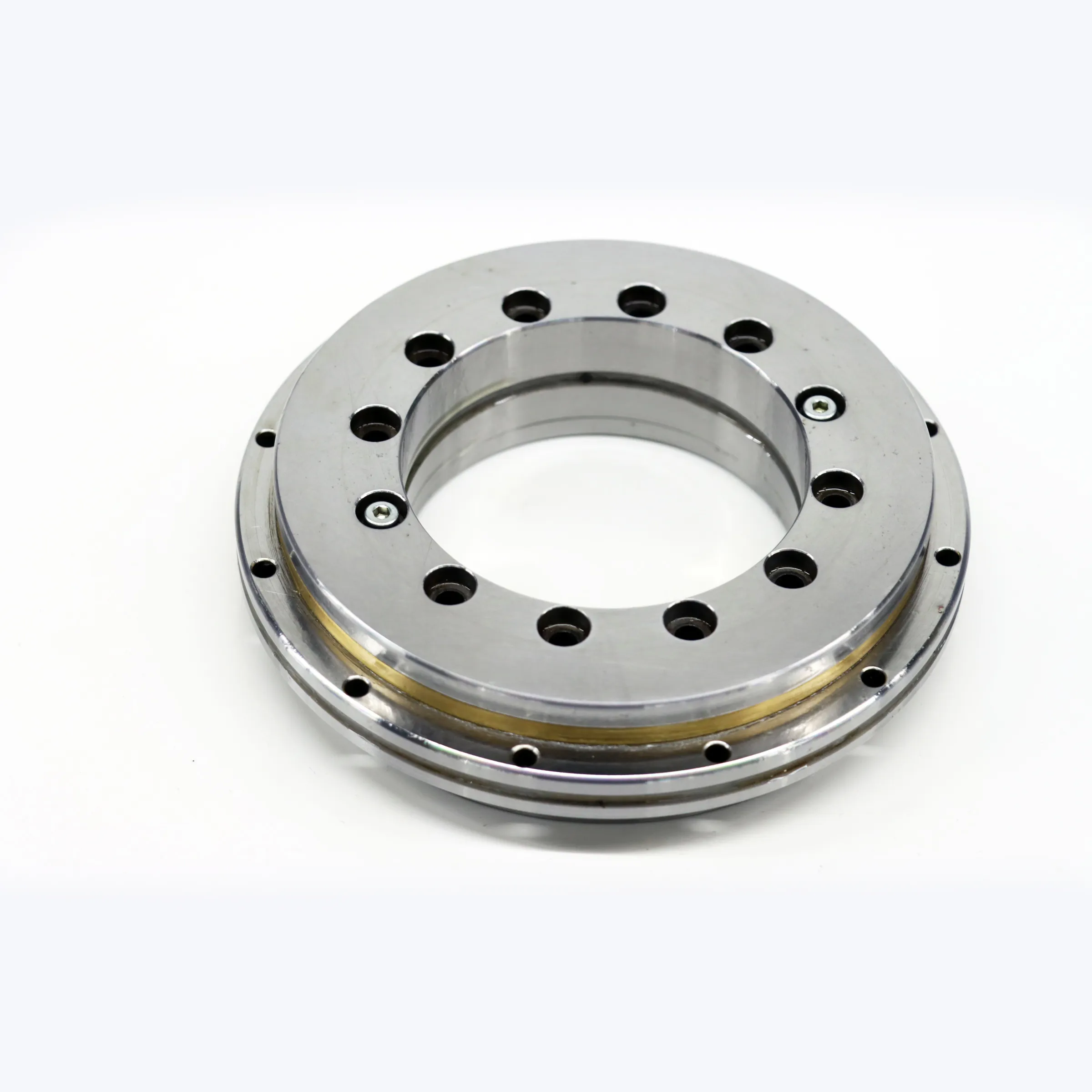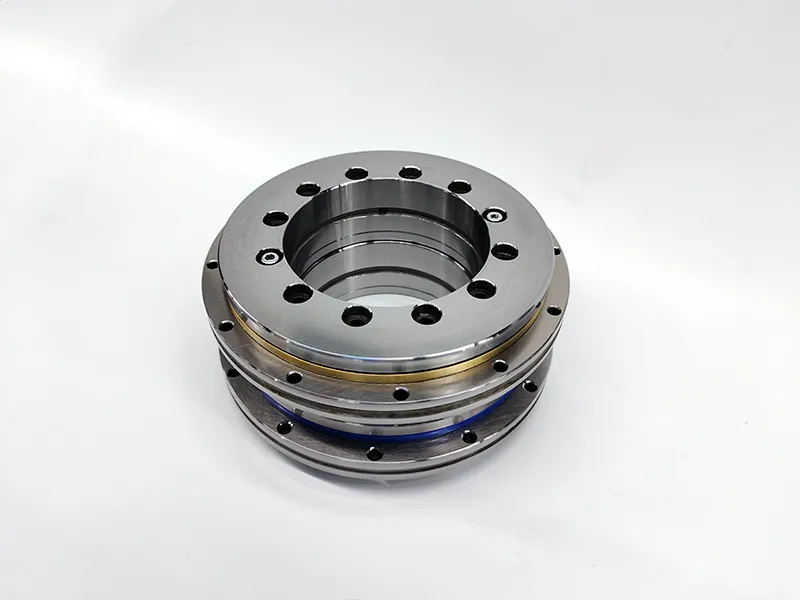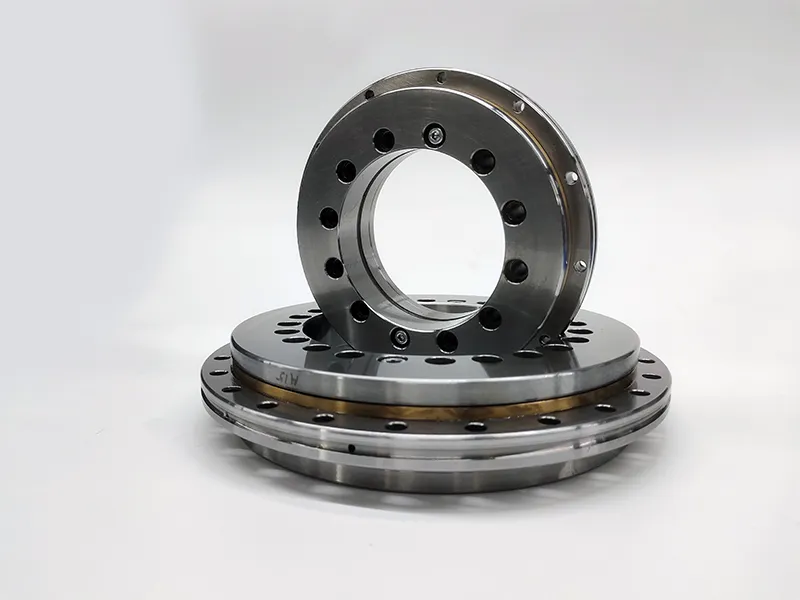Installing a rotary table bearing, also known as a slewing bearing or turntable bearing, requires careful attention to detail to ensure proper function and longevity. Rotary table bearings are used in various applications such as construction machinery, cranes, wind turbines, and more. Here's a general installation guide to help you through the process:
1. Prepare the Work Area:
-
Ensure you have a clean and well-lit work area with sufficient space to maneuver the bearing components.
-
Gather the necessary tools and equipment, including lifting devices, torque wrenches, and safety gear.
2. Inspect the Bearing:
-
Carefully inspect the bearing for any visible damage or defects before installation.
-
Verify that the bearing matches the specifications and dimensions required for your application.
3. Read the Manufacturer's Instructions:
-
Refer to the manufacturer's installation manual or guidelines specific to the rotary table bearing you are installing.
-
Follow their recommendations for handling, lubrication, torque values, and assembly sequence.
4. Lifting and Handling:
-
Use appropriate lifting equipment to handle the bearing components safely.
-
Avoid dropping or bumping the bearing, as this can cause internal damage.
5. Clean the Mounting Surfaces:
-
Ensure the mounting surfaces on the machine and the bearing are clean and free from debris, dirt, and old lubricants.
6. Lubrication:
-
Apply the recommended lubricant to the bearing's raceways and rolling elements as specified by the manufacturer.
-
Ensure the lubrication is evenly distributed to promote smooth operation.
7. Align the Bearing:
-
Align the mounting holes or gear teeth of the bearing with the corresponding components on the machine.
-
Pay attention to any indexing marks that help ensure proper alignment.
8. Secure the Bearing:
-
Carefully position the bearing onto the mounting surface.
-
Securely attach the bearing to the machine using appropriate bolts, nuts, or fasteners as specified in the manufacturer's instructions.
9. Tightening Bolts:
-
Gradually tighten the mounting bolts in a diagonal pattern to ensure even pressure and prevent misalignment.
-
Use a torque wrench to apply the recommended torque values as specified by the manufacturer.
10. Verify Smooth Rotation:
-
After securing the bearing, verify that it rotates smoothly without any binding or excessive resistance.
11. Recheck Torque:
-
Double-check the torque of the mounting bolts to ensure they are properly tightened.
12. Seal and Protection:
-
If the bearing is equipped with seals or protective covers, ensure they are properly seated to prevent contaminants from entering.
13. Final Inspection:
-
Inspect the bearing once again to ensure it is properly installed, aligned, and secured.
Remember that the installation process can vary based on the specific type and design of the rotary table bearing, as well as the manufacturer's recommendations. Always consult the manufacturer's documentation and guidelines for accurate and detailed instructions tailored to the specific bearing model you are installing. If in doubt, consider seeking assistance from a professional technician or engineer experienced in rotary table bearing installations.



